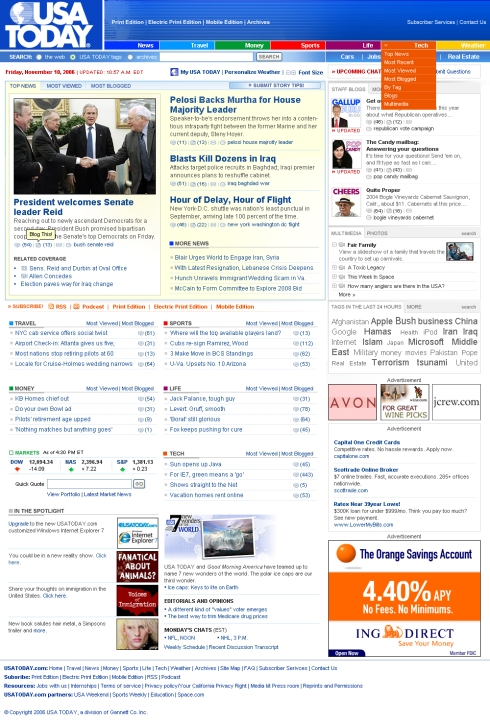![]()
 I recently started reading about the history of the British press, and as I was going through the Curran and Seaton’s book Power Without Responsibility, I thought about a rather radical idea.
I recently started reading about the history of the British press, and as I was going through the Curran and Seaton’s book Power Without Responsibility, I thought about a rather radical idea.
The declining circulations of the newspapers indicate very gloomy future for the newspaper business. It is hard not to think like that: the jobs are cut down and the profitability is rapidly declining. But, what if these happenings are more than survival tactics? What if this is a necessary happening that will put the imbalanced system back into a homeostatic state? In that way, the declines in the newspaper circulations should be seen as a positive event.
This thought crossed my mind as I learned more about the development of the British newspapers.
Traditionally, the daily newspapers in Britain can be divided into popular (Sun, Daily Mirror) and quality (Daily Telegraph, Guardian, Times) newspapers. According to the authors the first ones originally relied on big readership as the main source of revenue. These publications adjusted the content to appeal to mass audience. However, their focus on high circulation backfired. Higher circulation meant bigger expenses. Eventually, some of the publications could not support themselves: in 1933 the Daily Herald had the largest circulation among other western newspapers, but it was still operating with a loss. In 1964, the Daily Herald had more than 5 times bigger circulation than the Times and it still closed down.
In contrast, the quality newspapers relied on a specific audience and advertisers for the revenue. Advertisers liked that they knew more precisely who they could reach. From 1966 to 1969, the Times increased its circulation and switched its orientation toward more general public. This move, however resulted in loses because the advertisers did not want to pay high rates and go beyond their targeted audience.
Maybe the concepts of mass audience and mass media need a second thought.
Circulation is certainly not the only factor that determines all the costs and is solely accountable for the current crisis in the newspaper business. The above mentioned idea, however, makes sense to me. It seems that newspapers overproduced themselves and now they reached the wall. Just in the United States, readers can get close to 1,500 different titles. Is that really necessary?










Recent Comments